Not only are the Philippines and Indonesia boosting food production to become self-sufficient in supply, but India is also increasing exports, making the global rice market more competitive than ever.
In that context, the Vietnamese rice industry is under "double pressure" as rice prices have fallen sharply, farmers are facing the risk of losses, and businesses are facing difficulties because they have not received VAT refunds, leading to a lack of capital to purchase and stock goods.
Food businesses "pressure on pressure"
Mr. Do Ha Nam , Chairman of the Vietnam Food Association (VFA), said that 2025 will be a difficult year for the food industry. At the beginning of the year, rice exports achieved positive results. As of October 15, Vietnam had exported more than 7 million tons of rice, worth more than 3.58 billion USD. With this progress, the export capacity for the whole year of 2025 could reach 8 million tons, surpassing Thailand to maintain the second position globally.
However, this figure is still down 1 million tons compared to 2024, reflecting a challenging market picture. “The biggest difficulty now is that rice prices are very low - the lowest level in many years,” Mr. Nam emphasized.
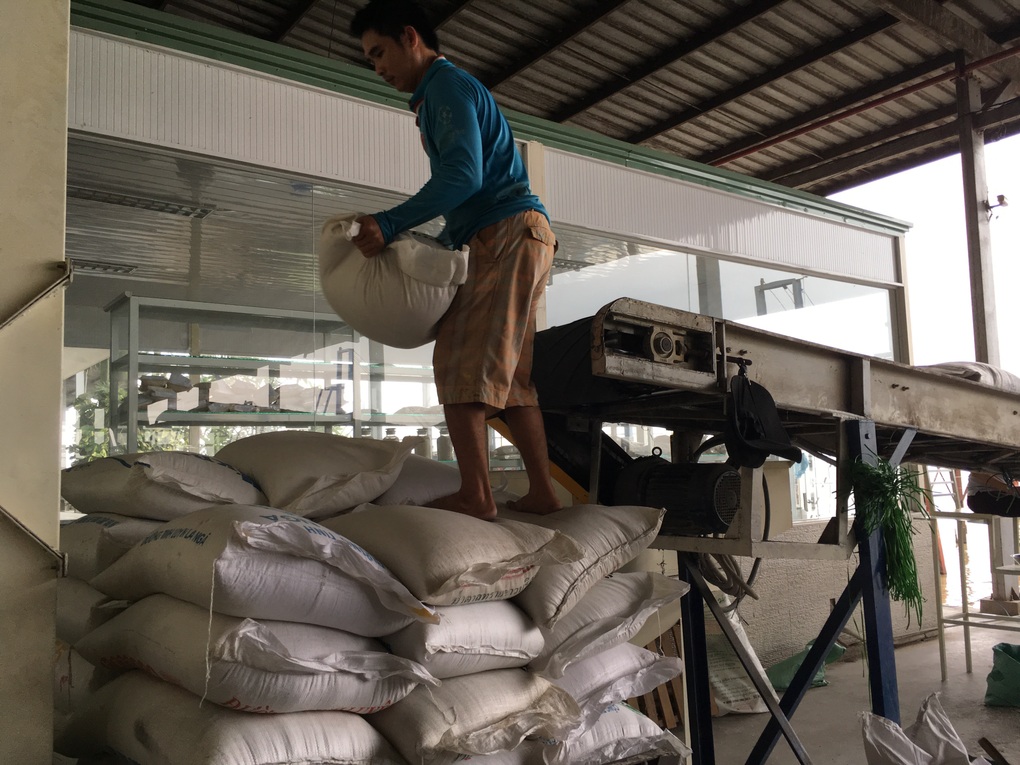
Workers unload rice at a factory in Dong Thap (Photo: Tran Manh).
According to the Chairman of VFA, the main reason for the decrease in rice prices is that the Philippines - Vietnam's largest import market - has temporarily stopped importing, and it is unclear when it will reopen. Some information said that the Philippines may return to the market on December 1, but currently businesses and farmers are facing difficulties.
“The price of rice has dropped very low, only about 5,000 VND/kg. Although farmers still make a profit at this price, the profit is very low. If the Philippines continues to close, the 2025-2026 Winter-Spring crop will be extremely difficult,” said Mr. Nam.
In addition to the price issue, rice enterprises are facing serious obstacles in the issue of value added tax (VAT) refunds. The VFA Chairman said that up to now, no enterprise in the Association has received a tax refund, while the unrefunded taxes account for a large proportion of their capital.
“The delay in tax refunds has caused many businesses to face difficulties in fulfilling delivery contracts, especially with the Philippines. Contracts have been signed but have not been delivered because they have temporarily stopped importing, leading to high inventories for businesses selling to the Philippines,” Mr. Nam informed.
In the context of low rice prices, buying and storing rice is a good solution to support farmers and prevent rice prices from falling further, but businesses do not have enough capital. “If they have capital, businesses can buy to maintain prices and wait for an opportunity to sell. But when tax refunds have not been received, inventories increase and capital is stuck, the risk is very high. Rice is a commodity that cannot be stored for a long time, this is a difficult problem for the whole industry,” he added.
Regarding the VFA’s 9-month review conference, Mr. Nam said that most members expressed concern about the slow tax refund situation and hoped the government would soon find a solution. “If this continues, exporters will face many difficulties,” Mr. Nam warned.
Fierce competition from countries in the region
Meanwhile, the Philippines and Indonesia - two major import markets of Vietnam - are tending to increase domestic production, aiming to reduce import dependence. This is a factor increasing competitive pressure on Vietnamese rice.
Although in October 2025, Vietnam almost stopped exporting to the Philippines, the average monthly export volume still reached about 500,000 tons/month, thanks to market diversification.

Loading and transporting rice at a business in Dong Thap (Photo: Huan Tran).
In particular, the Chinese market has increased its imports by nearly three times compared to the same period last year, while Africa has emerged as a potential area. If previously African countries only bought Vietnamese rice in the second and third quarters, this year they have bought early and continued to import, showing that Vietnamese rice is increasingly popular.
“Some countries like Ghana have doubled their imports compared to last year. Vietnam has also signed a memorandum of understanding with Senegal, and the program is being implemented. If implemented well, this will be an opportunity to support rice prices. However, exporting to Africa still has payment risks and transportation depends a lot on shipping conditions,” said Mr. Nam.
Market expansion - strategic direction
VFA hopes that government-to-government (G2G) cooperation programs will open new doors for Vietnamese rice. The government recently signed a rice export contract with Bangladesh and is promoting similar agreements with Senegal.
During the meetings with Brazil, Vietnam also proposed that this country open its market to rice. Or Japan, although rice imported into this market is subject to a tax of up to 400% - it can still compete on price with Japanese rice. In particular, the Japanese market is a long-term target of the Vietnamese rice industry. However, this is a market with very high technical barriers, requiring Vietnam to improve quality, production standards and testing.
“The opportunities for the food industry are still huge. The problem is how we open up, how we coordinate between the government, businesses and trade promotion programs so that when we expand the market, the risks are low and the price of Vietnamese rice remains competitive,” Mr. Nam emphasized.
According to VFA's assessment, global rice consumption demand is still increasing, especially for fragrant rice and high-quality rice - in which Vietnam's ST25 rice is popular in the global market, especially in the overseas Vietnamese community. This proves that the Vietnamese rice brand has a foothold, but to take advantage of the opportunity, it is necessary to have the support of financial and tax policies to help businesses maintain their competitiveness.
Source: https://dantri.com.vn/kinh-doanh/doanh-nghiep-gao-ket-von-nong-dan-lo-thua-lo-vi-gia-lua-giam-sau-20251027202523598.htm



![[Photo] Party Committees of Central Party agencies summarize the implementation of Resolution No. 18-NQ/TW and the direction of the Party Congress](https://vphoto.vietnam.vn/thumb/1200x675/vietnam/resource/IMAGE/2025/10/27/1761545645968_ndo_br_1-jpg.webp)


![[Photo] The 5th Patriotic Emulation Congress of the Central Inspection Commission](https://vphoto.vietnam.vn/thumb/1200x675/vietnam/resource/IMAGE/2025/10/27/1761566862838_ndo_br_1-1858-jpg.webp)
![[Photo] National Assembly Chairman Tran Thanh Man receives Chairman of the House of Representatives of Uzbekistan Nuriddin Ismoilov](https://vphoto.vietnam.vn/thumb/1200x675/vietnam/resource/IMAGE/2025/10/27/1761542647910_bnd-2610-jpg.webp)
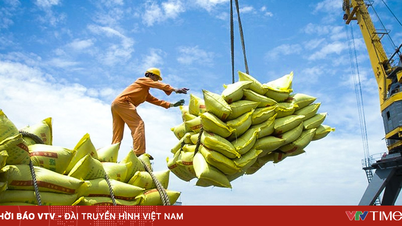

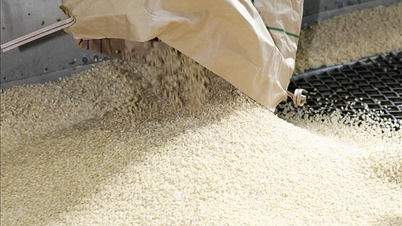

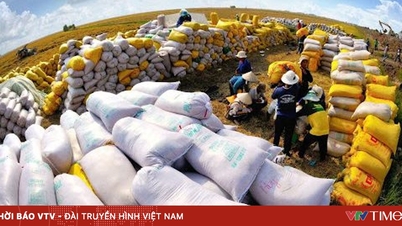
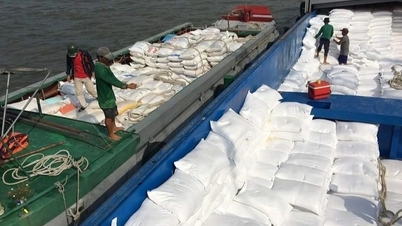
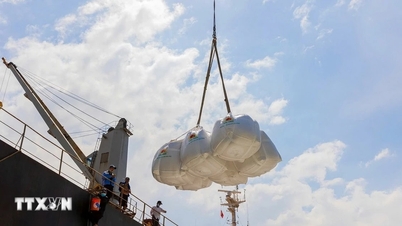


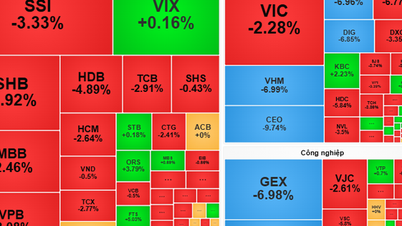



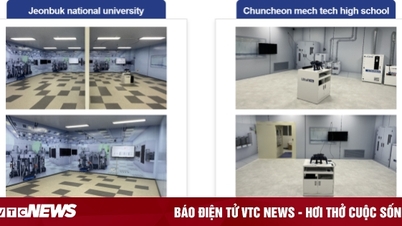

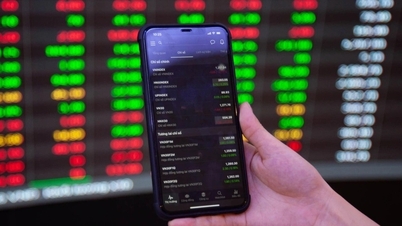

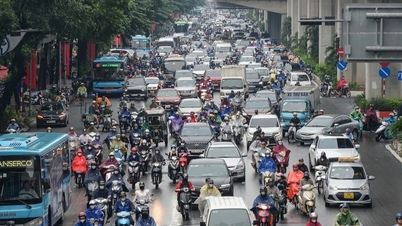







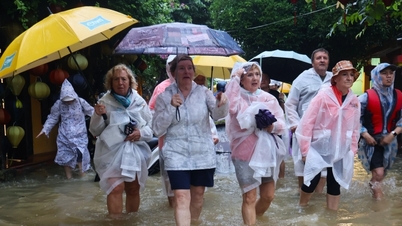
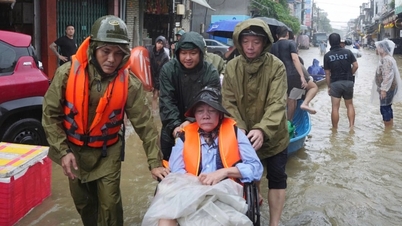

















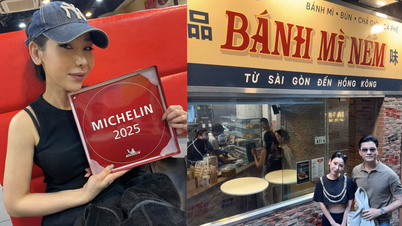

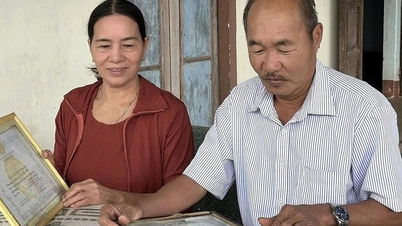
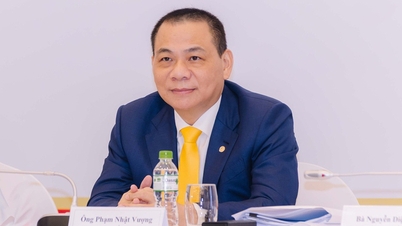






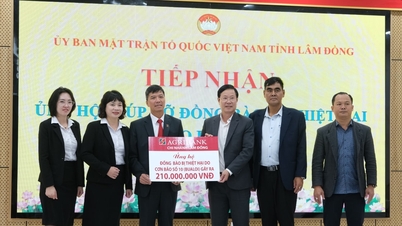



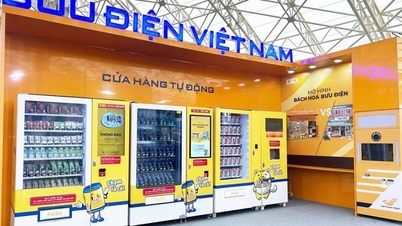

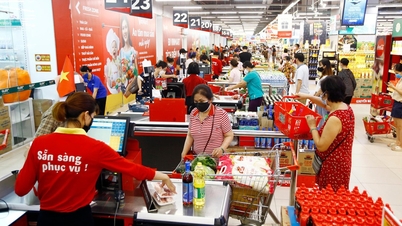






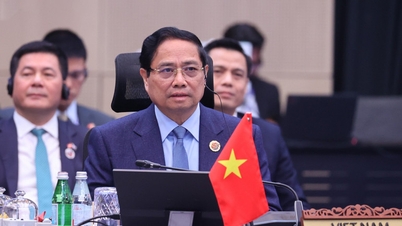
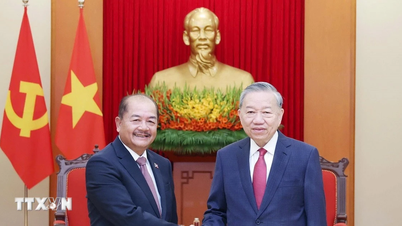



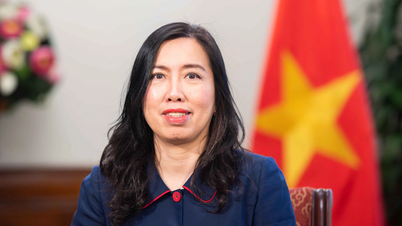
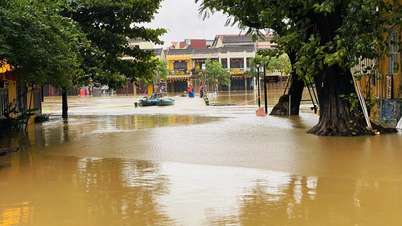
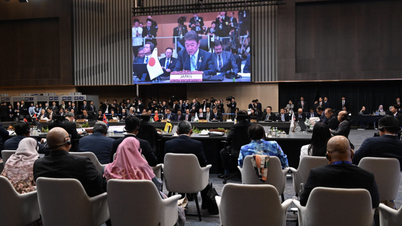


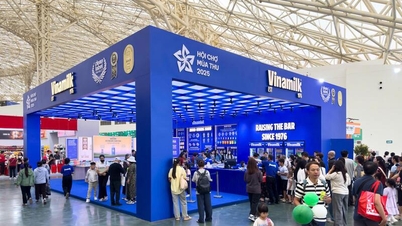
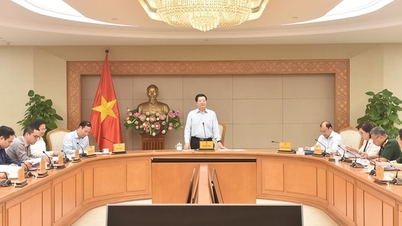

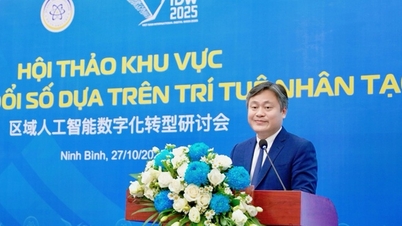
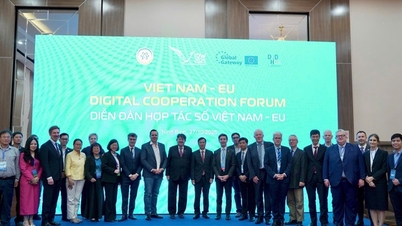
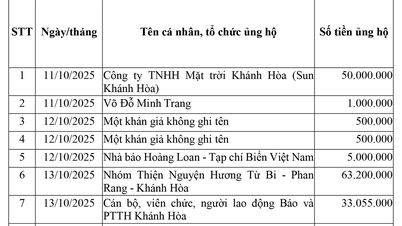

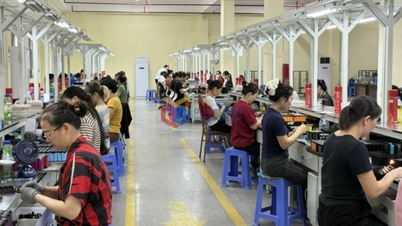

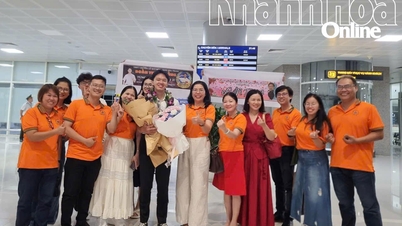


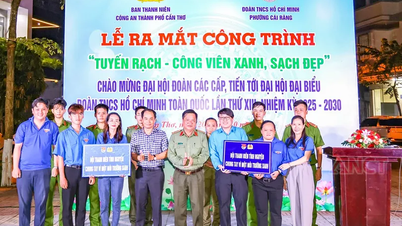
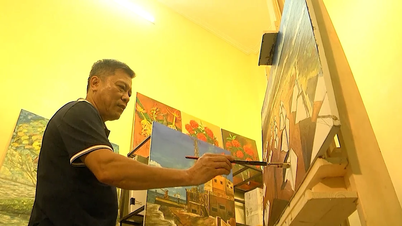

















Comment (0)